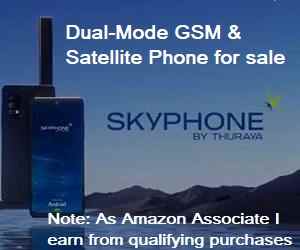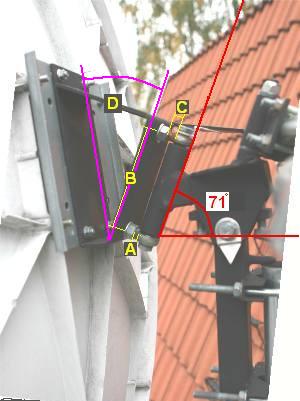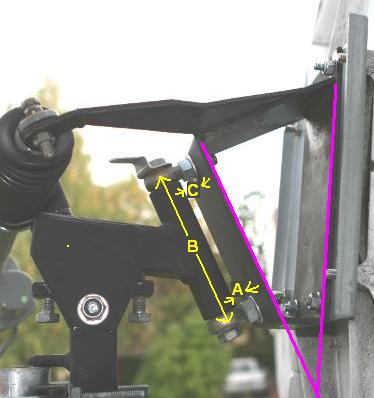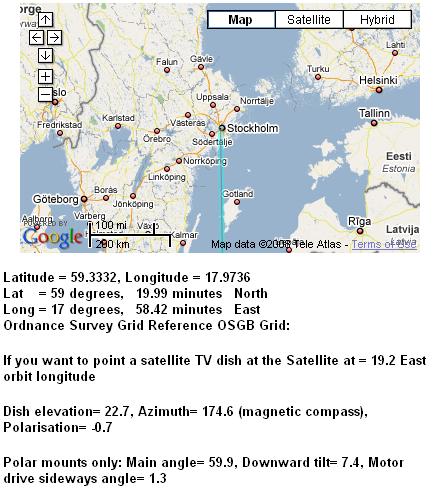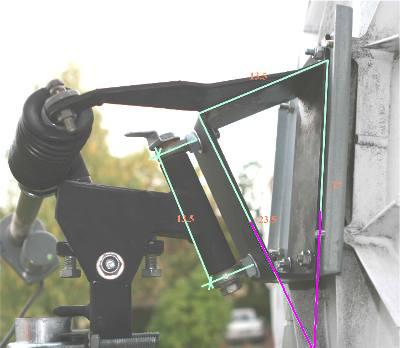Satellite Internet Forum.
Welcome, Guest. Forum rules.To search this site click here > SATSIG search
| Home Login Register |
| Satellite Internet forum › Dish pointing and alignment › Polar mount: Elevation calculation problem |
|
Pages: 1
|
Polar mount: Elevation calculation problem(Read 11099 times) |
|
Stockholm_Calling
Member
★★ Offline Posts: 3 |
Sep 22nd, 2008 at 12:40pm
|
| Back to top |
« Last Edit: Jan 18th, 2019 at 6:55pm by Admin1 »
IP Logged
|
|
Eric Johnston
Senior Member
★★★ Offline Posts: 2109 |
Reply #1 - Sep 22nd, 2008 at 1:50pm
|
| Back to top |
« Last Edit: Jan 18th, 2019 at 6:56pm by Admin1 »
IP Logged
|
|
Stockholm_Calling
Member
★★ Offline Posts: 3 |
Reply #2 - Sep 22nd, 2008 at 7:48pm
|
| Back to top |
IP Logged
|
|
Eric Johnston
Senior Member
★★★ Offline Posts: 2109 |
Reply #3 - Sep 22nd, 2008 at 10:16pm
|
| Back to top |
« Last Edit: Jan 18th, 2019 at 6:57pm by Admin1 »
IP Logged
|
|
Stockholm_Calling
Member
★★ Offline Posts: 3 |
Reply #4 - Sep 23rd, 2008 at 11:37am
|
| Back to top |
« Last Edit: Jan 18th, 2019 at 6:57pm by Admin1 »
IP Logged
|
|
Admin1
YaBB Admin
★★★★★ Offline Posts: 1248 |
Reply #5 - Sep 23rd, 2008 at 4:34pm
|
| Back to top |
« Last Edit: Jan 18th, 2019 at 6:57pm by Admin1 »
IP Logged
|
|
Pages: 1
|
Email me: eric@satsig.net
Powered by YaBB 2.5.2!
YaBB Forum Software © 2000-. All Rights Reserved.
Disclaimer, Terms of Use and Privacy Forum User Agreement Forum rules Cookie policy.
